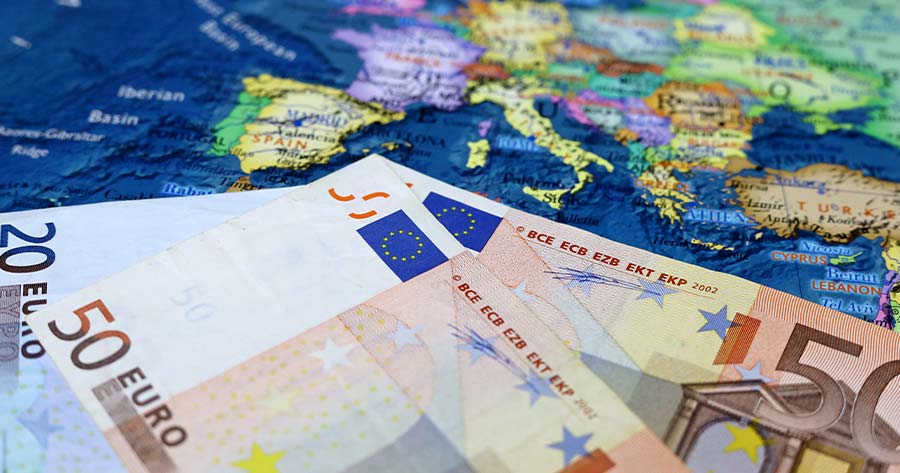The euro zone’s economy continued to grow at a very slow rate in August, with the HCOB Eurozone Composite Purchasing Managers’ Index, compiled by S&P Global, edging slightly higher to 51.0 last month from 50.9 in July.
New orders registered their first increase since May 2024, driven largely by domestic demand. Export orders, on the other hand, declined at their fastest pace since March, underlining challenges faced in the region.
Country-level data showed Spain once again led the bloc’s performance, even as its growth moderated; Italy came next, managing a slight acceleration. Germany’s growth momentum faded, and France remained in contraction.
Services, the dominant sector in the euro area, reported almost flat growth, with its sub-index cooling to 50.5 from 51.0 in July. Manufacturing managed its strongest output growth in over three years, standing out as a rare bright spot.
Employment across the bloc expanded at the fastest pace in 14 months, thanks primarily to hiring within the services sector, while factories continued to trim staff. Meanwhile, price pressures mounted, with companies reporting their steepest cost and selling price increases in four months, adding complexity to the European Central Bank’s inflation management.
Overall inflation ticked up to 2.1% in August, hovering near the ECB’s target of 2%, a development likely to reinforce the case for holding interest rates steady in the short term.
Despite the continued expansion, business sentiment held steady at subdued levels, remaining well below historical averages as companies remain wary about the outlook. Political tensions in France and Spain, uncertainty over EU-U.S. trade relations, and persistent issues in the automotive sector continued to weigh on confidence.
While the EU and U.S. reached a baseline trade agreement in July, only a 15% tariff has been implemented so far, leaving many details unresolved.





